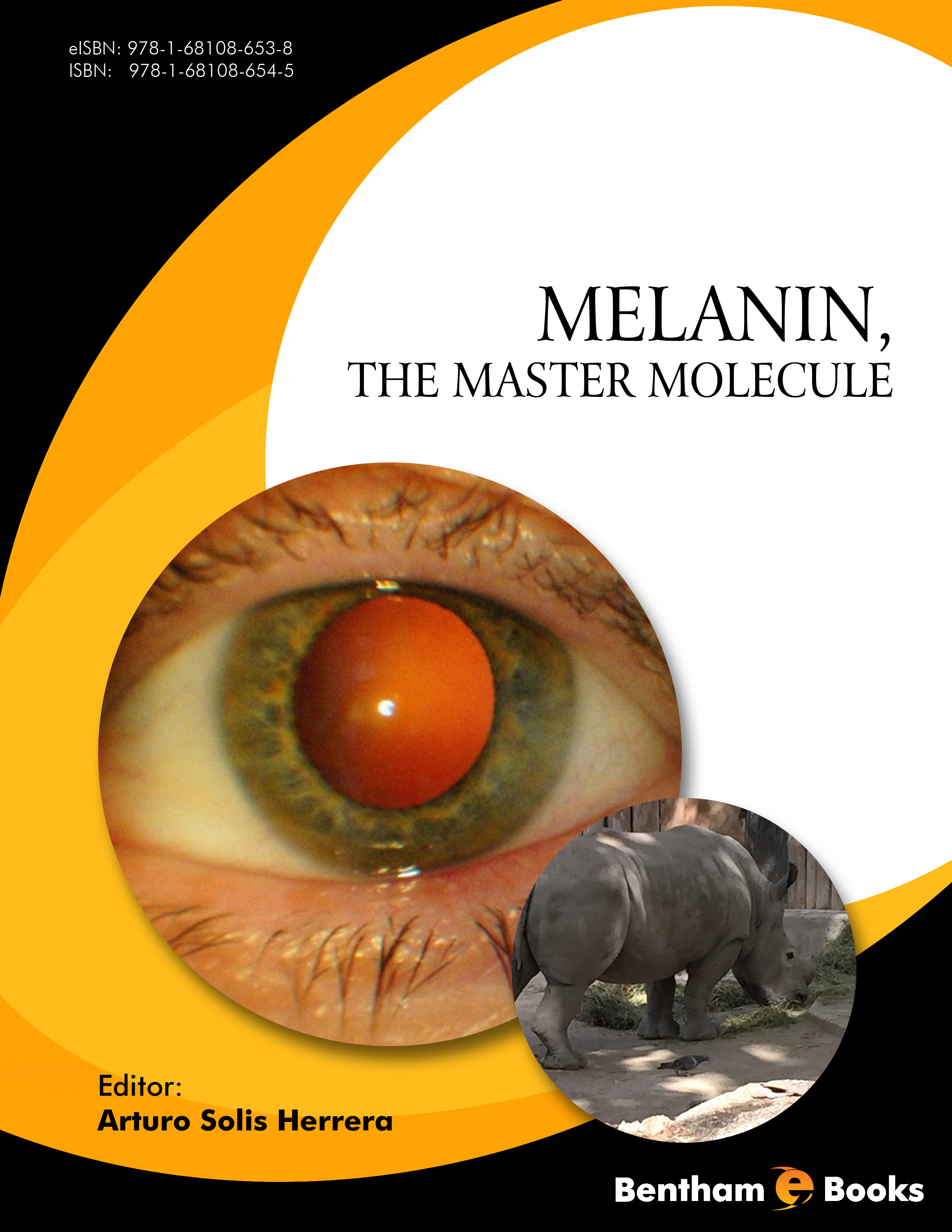Introduction
Melanin is a biological molecule associated with pigmentation in humans and animals. However, melanin has been observed to have other functions such as neuroprotection and energy production. In Melanin, the Master Molecule,researchers summarize several decades worth of knowledge on melanin and its physicochemical properties. Nine chapters explain the intrinsic biochemistry of melanin, comparisons with conventional energy producing and respiratory biomolecules, the property of melanin to transform light energy into chemical energy through the dissociation of the water molecule, and the theories of melanin based energy production in the nervous system, the cell nucleus, muscles and the eye, and the role the role of melanin in the context of ageing. The authors also delve into the possibility of melanin being the key molecule needed to spark life since its water dissociating property through the absorption of light energy emulates the role of chlorophyll, but unlike the latter, it is not limited to the plant cell environment. Hence, melanin is referred to as the master molecule which can provide a missing link to the biochemical processes behind the origin of life.

